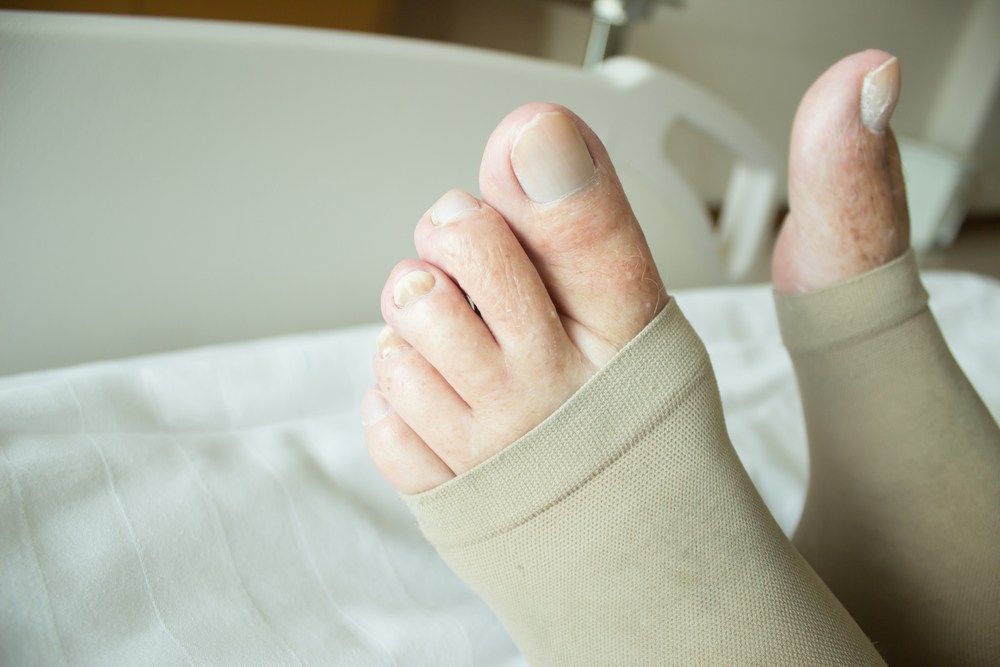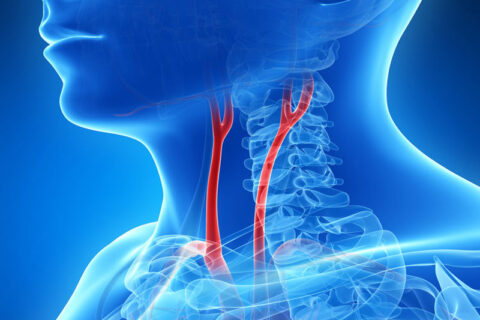5 Symptoms of Deep Vein Thrombosis
A deep vein thrombosis (often called a DVT for short) is a blood clot that forms in one of the deep veins in the body. More often than not, the clot forms in a leg. If it dislodges, it can move to the lungs where it can cause serious problems or even death. Here are 5 common symptoms that can help you identify a DVT so that you can get medical attention.
Pain
DVTs often cause pain in the affected leg. The pain usually starts in the calf and feels a lot like a muscle cramp. Soreness or a burning sensation in the affected leg may follow the course of the vein. Unexplained pain in the foot or ankle as well as a warm feeling in the area near to the clot are less common symptoms. The pain may be worse with activity and get better with rest (http://www.healthline.com/health/deep-venous-thrombosis#Symptoms3).
Swelling
Swelling is a very common symptom of a deep vein thrombosis. The swelling always occurs below the clot, so it usually affects the calf, ankle, and foot. Most people note that one calf is larger than the other (http://www.medicinenet.com/deep_vein_thrombosis/article.htm).
Redness
Because the clot is blocking blood flow, it may cause blood to back up into the affected extremity. This will lead to a ruddy or red color of the skin along with small hemorrhages, called petechia. They look like little red or purple dots on the skin.

Recent Immobility
The number one risk factor for a DVT is immobility. For people who have been bed ridden for several days, have recently had surgery, or have otherwise been immobile (e.g. on a plane or long car ride), the probability that the symptoms above are due to a DVT goes up dramatically (http://reference.medscape.com/calculator/dvt-probability-wells-score). Note that orthopedic surgery (bone surgery) increases the risk of a DVT more than any other type of surgery.
Superficial Vein Prominence
Because blood flow is being blocked by the clot, blood will look for other ways to get back to the heart. This can sometimes lead to swelling of the superficial veins as blood is forced through them in greater quantities than normal.
Why DVTs Require Medical Attention
DVTs usually do not cause serious morbidity if they remain in the veins of the leg. Unfortunately, DVTs can dislodge and travel to the lungs where they cause a pulmonary embolism. A clot in the lungs prevents the blood from picking up oxygen as it flows through, which forces the heart to compensate by working harder to get blood to the good parts of the lungs. Signs of a pulmonary embolism include
- Sudden shortness of breath
- Chest pain
- Dizziness
- Rapid heartbeat
- Coughing up blood
- Pain with breathing
(http://www.mayoclinic.org/diseases-conditions/deep-vein-thrombosis/basics/symptoms/con-20031922)
A pulmonary embolism can cause a heart attack or even death, so don’t ignore signs of a DVT. Get it treated before it turns into something more serious. With prompt medical attention, a DVT can be easily addressed so that you never have to worry about a pulmonary embolism.


